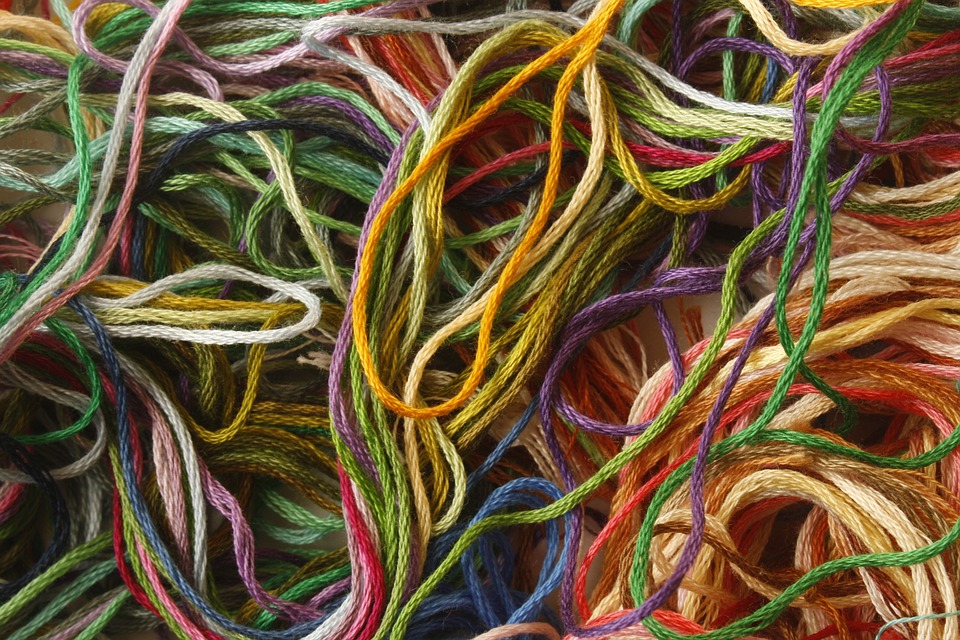Did you know that your favorite pair of jeans could be contributing to environmental degradation? It may come as a surprise, but the fashion industry, particularly the production of textiles, has a dark side that often goes unnoticed. From the extraction of raw materials to the disposal of finished products, the entire lifecycle of threads leaves a significant environmental footprint.
The first stage of thread production begins with the cultivation of raw materials. Natural fibers, such as cotton and wool, require vast amounts of water, chemical fertilizers, and pesticides. Cotton, known as the world’s “dirtiest” crop, consumes approximately 16% of the world’s insecticides and 7% of pesticides, despite representing only 2.5% of global agricultural land. These chemicals seep into the soil, polluting water sources and causing harm to both human and animal populations.
Moreover, the production of synthetic fibers, such as polyester and nylon, heavily relies on fossil fuels. The extraction, processing, and transportation of these non-renewable resources contribute to greenhouse gas emissions and climate change. In fact, the fashion industry alone is responsible for 10% of global carbon emissions, more than all international flights and maritime shipping combined.
The thread manufacturing process also involves numerous chemical treatments. Dyes and finishes usually contain toxic substances that are harmful to aquatic ecosystems. These chemicals find their way into rivers, lakes, and oceans, often causing massive pollution and disrupting fragile ecosystems. Additionally, wastewater containing these toxins is often inadequately treated or released back into the environment untreated, exacerbating the damage.
The adverse environmental impact of threads extends beyond production to textile waste and disposal. Fast fashion trends have led to a throwaway culture where garments are discarded after only a few wears. Roughly 85% of all textiles end up in landfills, where they decompose and release greenhouse gases like methane. The decomposition process can take hundreds of years, contributing to long-term environmental damage.
Addressing the environmental impact of threads requires a multifaceted approach. First and foremost, consumers must prioritize sustainable and ethical fashion choices. Opting for garments made from organic or recycled materials is a step towards reducing the strain on raw materials and limiting chemical pollutants. Second-hand shopping and clothing swaps are also effective ways to extend the lifespan of clothing and limit waste.
The fashion industry itself must also embrace sustainable practices. Investing in research and development of innovative and eco-friendly materials can significantly reduce the environmental impact of thread production. Additionally, adopting cleaner and more efficient production techniques, such as water recycling and alternative energy sources, can minimize the ecological footprint.
Lastly, governments and regulatory bodies should play a role in enforcing stricter environmental regulations for the fashion industry. Implementing and monitoring sustainable practices, ensuring proper waste management, and incentivizing eco-friendly manufacturing can drive the necessary changes.
Threads are an essential component of our everyday lives, but they come at a cost. By unraveling the dark side of threads and understanding their environmental impact, we can make conscious choices that lead to a more sustainable fashion industry. From the cultivation of raw materials to the disposal of finished products, every step in the life cycle of threads matters. It’s time to thread a new path towards a greener and more responsible future.

